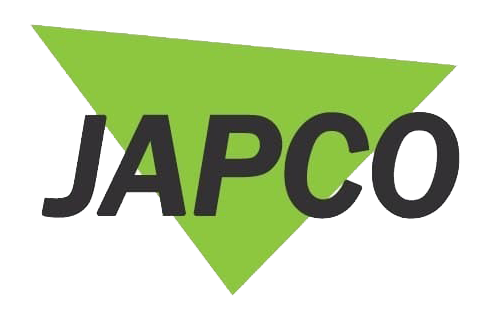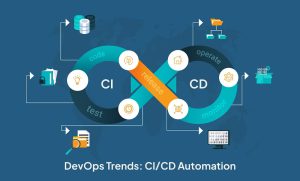Software testing and quality assurance are essential components of the software development life cycle. They ensure that the final product meets the desired quality standards and functions as expected. However, as with any process, challenges may arise that can hinder the effectiveness of QA and testing efforts. In this blog post, we will explore some common challenges in software testing and quality assurance and provide strategies for overcoming them.
Identifying the Root Cause of Bugs
One of the most common challenges in software testing is identifying the root cause of bugs. Often, testers may spend hours trying to reproduce a bug or trace its source, only to find themselves at a dead end. This can delay the testing process and lead to frustration among team members. To overcome this challenge, testers should focus on gathering as much information as possible about the bug, including steps to reproduce, screenshots, and system logs. By analyzing this data and collaborating with developers, testers can quickly identify the root cause of bugs and implement a solution.
Managing Test Data
Another challenge in software testing is managing test data. Test data is essential for ensuring the accuracy and completeness of test cases. However, creating and maintaining test data can be time-consuming and error-prone. To overcome this challenge, testers should consider automating the process of generating test data. This can help streamline the testing process and ensure the consistency of test data across different environments. Additionally, testers should regularly review and update test data to ensure its relevance and accuracy.
Continuous Integration and Deployment
Continuous integration and deployment (CI/CD) have become standard practices in software development, allowing teams to deliver high-quality code at a rapid pace. However, implementing CI/CD in testing and quality assurance can pose challenges, such as ensuring the stability of the testing environment and managing test automation scripts. To overcome these challenges, testers should work closely with developers to integrate testing into the CI/CD pipeline, automate test cases, and monitor the health of the testing environment. By adopting a proactive approach to CI/CD, teams can accelerate the testing process and improve the overall quality of the final product.
Balancing Manual and Automated Testing
Another common challenge in software testing is finding the right balance between manual and automated testing. While manual testing allows testers to explore the application in a more comprehensive way, automated testing can help streamline the testing process and increase test coverage. To overcome this challenge, testers should consider the complexity of the application, the skills and resources available, and the time constraints of the project. By striking the right balance between manual and automated testing, testers can ensure thorough test coverage and faster delivery of the final product.
Ensuring Test Coverage
Test coverage is a critical metric in software testing, indicating the extent to which the software has been tested. However, ensuring test coverage can be challenging, especially in complex applications with multiple features and functionalities. To overcome this challenge, testers should create a test plan that outlines the scope of testing, identifies test cases for each feature, and prioritizes testing based on criticality. Testers should also continuously review and update test cases to ensure that all aspects of the software are adequately tested. By focusing on test coverage, testers can identify potential bugs and vulnerabilities early in the development process, leading to a higher-quality final product.
Managing Test Environments
Managing test environments is another common challenge in software testing and quality assurance. Test environments can vary in terms of configuration, setup, and resources, making it difficult to ensure consistency and stability across different environments. To overcome this challenge, testers should establish a process for managing test environments, including version control for test scripts and configurations, automated deployment tools, and sandbox environments for testing new features. By standardizing test environments and ensuring their reliability, testers can streamline the testing process, reduce the risk of errors, and increase the efficiency of testing efforts.
Monitoring and Reporting
Monitoring and reporting are essential aspects of software testing and quality assurance, allowing teams to track progress, identify issues, and make informed decisions. However, monitoring and reporting can be challenging, especially in larger projects with multiple team members and stakeholders. To overcome this challenge, testers should implement tools for monitoring test execution, tracking test results, and generating reports on test coverage, defects, and performance metrics. By establishing a system for monitoring and reporting, testers can ensure transparency, accountability, and continuous improvement in the testing process.
Conclusion
In conclusion, software testing and quality assurance are vital components of the software development life cycle, ensuring that the final product meets the desired quality standards and functions as expected. While challenges may arise in the testing process, such as identifying the root cause of bugs, managing test data, and ensuring test coverage, testers can overcome these challenges by implementing strategies such as effective communication, continuous integration and deployment, adapting to new technologies, balancing manual and automated testing, managing test environments, and monitoring and reporting. By addressing these challenges proactively, testers can enhance the quality of their testing efforts, deliver high-quality software products, and ultimately, achieve success in their testing and quality assurance initiatives.








